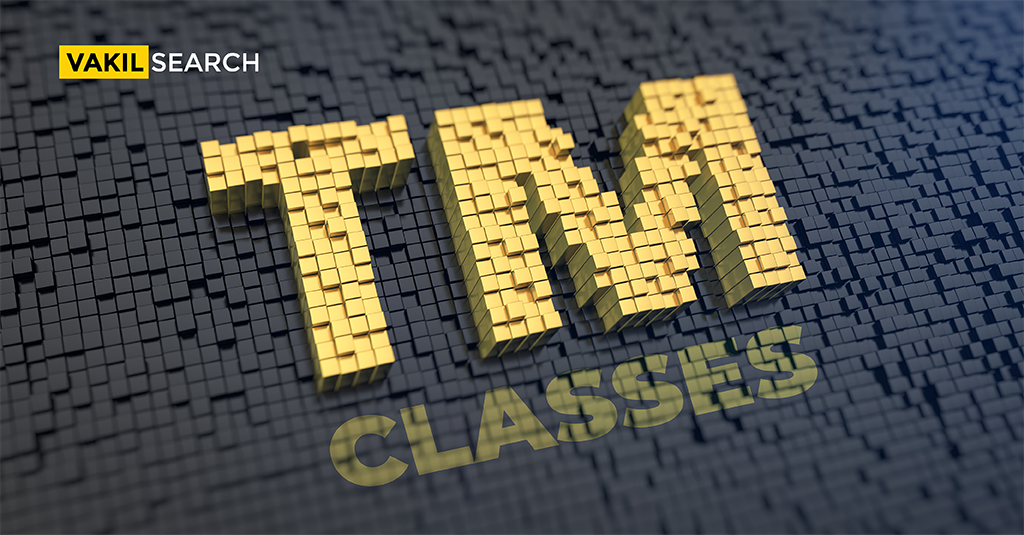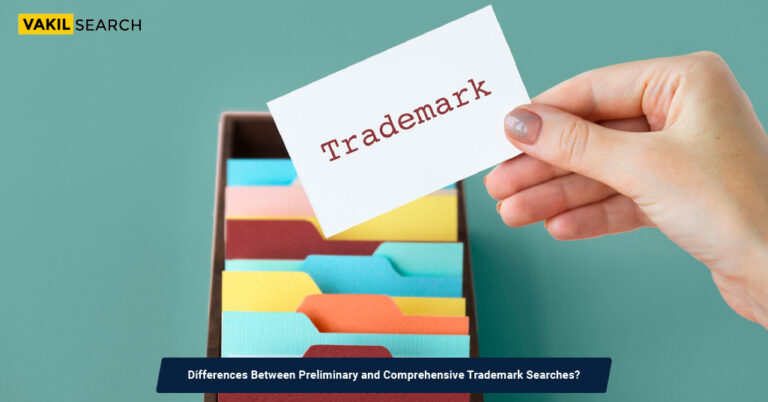In this article, we take a closer look at Class 1 of the trademark classifications and how it is perceived.
Trademark is a common term. It is a symbol or a name that forms the identity of the business. So when a business registers a trademark with the regulatory authorities, it basically puts on public record that the trademark belongs to that business alone and nobody else can conduct business using that insignia.
This is because if a business has spent several years building a bond and goodwill with its consumers and someone just copies the brand’s identity and takes advantage of the goodwill, it clearly qualifies as an unfair business practice. But there is also the counter argument that if a business is selling a specific range of products or services under one brand name and another person is selling a completely different set of goods or services under a similar brand name, then where is the question of confusion.
For example, Microsoft inc. sells software, hardware, and IT related products. And there is another business that is selling cushions, bedsheets and mattresses under the name Microsoft, so a rational consumer is not likely to be confused by the two. Because otherwise it becomes a restrictive trade practice in a free market.
So in order to address this problem, products and services were classified under forty-five different classes where similar goods and products were classified under a single class and whenever a business applies for a trademark, they have to specify which class it is being applied for so that the trademark is exclusively associated with products in that class alone.
This means someone else can apply for a similar trademark in a different class, hence removing the restriction in choosing your brand name. But it must be noted here at this point that a business can apply for a trademark under more than one classes. So if someone wants to ensure that their brand name is not used by anyone in any field of business, they can actually apply for a trademark in all the classes, in which case that trademark becomes exclusive to that business.
In this article we shall explore the first class amongst the forty five different classes.
Trademark Class 1 – Chemical Products
Trademark Class 1 of the trademark classifications encompasses various kinds of chemicals and chemical related products. There are twenty broad categories under this class. These broad categories further contain a comprehensive listing of specific products. But the broad categories are as follows:
- Filtering media of the chemical and the non-chemical substances included in the class
- Chemical preparations and materials used for film, photography and printing
- Unprocessed/ natural plastics
- Adhesives for use in industry
- Chemicals used in agriculture, horticulture and forestry
- Detergents used in manufacture and industry
- Chemical materials and chemical preparations, and natural elements
- Compositions used for extinguishing and prevention of fire
- Sensitized paper
- Photographic film, Chemical compositions and materials used in science
- Chemical compositions and materials used in cosmetics
- Chemical compositions used in construction
- Chemical compositions used for water treatment
- Compositions and materials used for treatment of leather and textile
- Salts used for industrial purposes
- Unprocessed and synthetic resins
- Starches used for manufacturing and industry
- Putties, and fillers and pastes used in industry
- Fillers used for vehicle body and tire repair
- Compositions used for food and beverages
Now, there are certain products that may otherwise seem to fit under this class but have been specifically notified as excluded from this class. These products are:
- Natural resins
- Chemical products used in medical science
- Herbicides, fungicides and preparations for destroying vermin
- Adhesives used as stationery or for household purposes
- Salt used for preserving foodstuffs
- Straw mulch
As mentioned earlier, these are just broad classes. When you apply for trademark, and you find your product fitting into one of those broad categories, then you must go through the list of products mentioned under each of those categories to make sure that your product is listed under it. If not then you can check other related classes.
Related Classes
Related classes are also known as ‘co-ordinated’ classes where when a business is selling one product that fits under one class, it is likely that they are also selling products that fall under other similar classes and hence must consider registering their trademarks under those classes as well. Coordinated classes for Class 1 are:
- Trademark Class 5 – Pharmaceuticals
- Trademark Class 17 – Rubber Products
- Trademark Class 35 – Advertising and Business Services
- Trademark Class 42 – Science and Technology Services
- Trademark Class 44 – Medical and Vet Services
Proof Of Usage
Whenever you are applying for a trademark you will have to provide some kind of evidence of the trademark being used. If you are already doing business using the trademark, then you must produce some sort of evidence that the trademark is visible to the consumer at the time of sale. This could be an invoice, the packaging of the product, etc. What needs to be kept in mind is that the consumer identifies your business with that trademark.
If you have not yet started doing business with the trademark, then you must provide some sort of a prototype or a specimen like a packaging label, or a packed product.
Conclusion
Trademarks, copyright, and patent are the three types of intellectual property. The word intellectual property itself should convey that the property is intangible and hence laying claim on intellectual property is all about creating tangible evidence to prove that the trademark belongs to you. This is why their intellectual property rights are expertise on their own that requires a very keen understanding of how intellectual property is recognized by the regulatory authorities. If you are looking to trademark your business identity or have any queries regarding intellectual property, contact us, and our team of experts will get in touch with you and assist you with your requirements.
Read more










